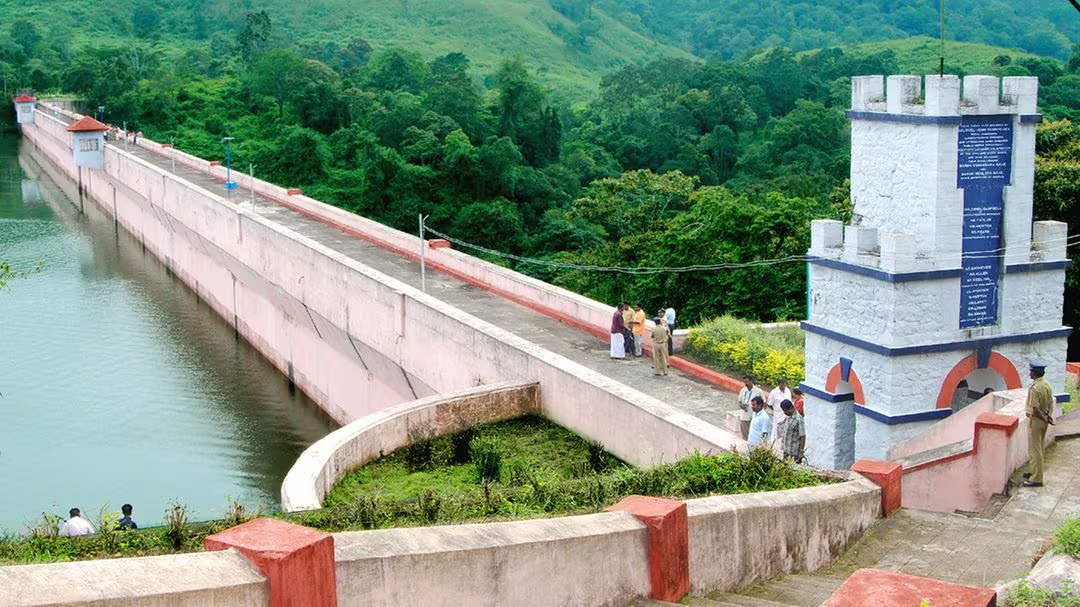Speed up measures for a new dam at Mullaperiyar, Kerala tells Central Water Commission (The Hindu)

- 27 Dec 2023
Why is it in the News?
Recently the State government of kerala has urged the Centre to speed up measures for building a new dam at Mullaperiyar in the Idukki district at a meeting with the Central Water Commission.
About the Central Water Commission (CWC):
- The Central Water Commission (CWC) is a leading technical organization in India dedicated to water resources management.
- Currently operating as an attached office of the Ministry of Jal Shakti, Department of Water Resources, River Development, and Ganga Rejuvenation, Government of India, it plays a pivotal role in overseeing various aspects of water resource management nationwide.
Key Functions:
- Initiation and Coordination: The Commission is responsible for initiating, coordinating, and advancing schemes in collaboration with concerned State Governments.
- These schemes focus on controlling, conserving, and utilizing water resources for Flood Control, Irrigation, Navigation, Drinking Water Supply, and Water Power Development.
- Investigation and Execution: The CWC undertakes the investigation, construction, and execution of water resource schemes as deemed necessary.
- Leadership and Structure: The Commission is led by a Chairman, holding the status of Ex-Officio Secretary to the Government of India.
- The organizational structure includes three wings:
- Designs and Research (D&R) Wing
- River Management (RM) Wing
- Water Planning and Projects (WP&P) Wing
- Each wing is overseen by a full-time member with the status of Ex-Officio Additional Secretary to the Government of India.
- Headquarters: The headquarters of the Central Water Commission is located in New Delhi.
Key Facts About Mullaperiyar Dam:
- The Mullaperiyar Dam is a masonry gravity dam, situated on the Periyar River in Thekkady, Idukki district of Kerala.
- Situated at an elevation of 881 meters above sea level, it graces the Cardamom Hills within the Western Ghats.
- The dam is strategically located at the convergence of the Mullayar and Periyar rivers.
- Its construction, led by the British Corps of Royal Engineers under Pennycuick, commenced in 1887 and concluded in 1895.
- Utilizing limestone and "Surkhi" (a blend of burnt brick powder, sugar, and calcium oxide), the dam serves the purpose of redirecting west-flowing River Periyar waters to the rain shadow regions of Theni, Madurai, Sivaganga, and Ramanathapuram districts in Tamil Nadu.
- The Periyar National Park is located around the dam's reservoir.
- Despite its location in Kerala, the dam is operated and maintained by Tamil Nadu under a 999-year lease agreement established during British rule.
